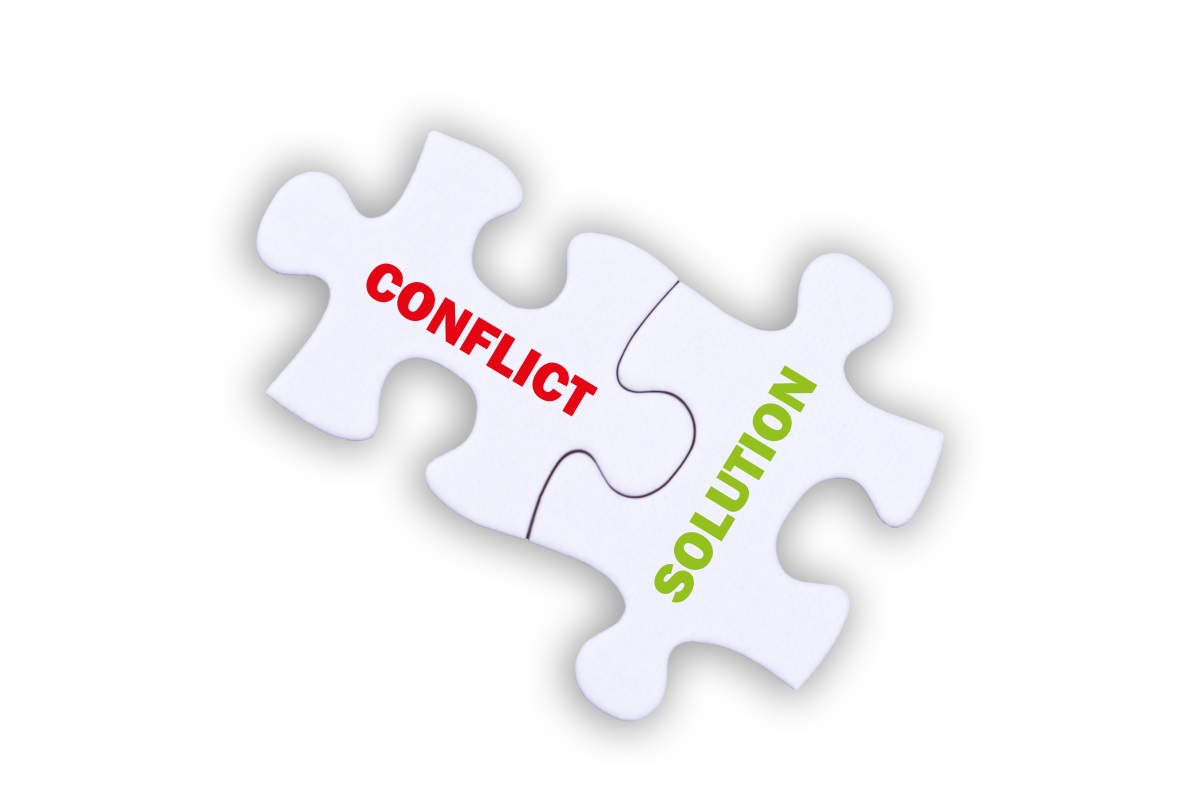In a world where creativity fuels innovation, executing artistic ideas demands more than just skill. It requires a strategic approach to transform imagination into action—an artistic vision into tangible outcomes. That’s precisely where creative project management steps in.
Creative project management merges unconventional thinking with organized planning and execution. This approach equips creative professionals with the necessary tools to drive their projects from inception to completion, fostering efficiency and harmony within their teams.
What is Creative Project Management?
Creative project management is a unique blend of conventional project oversight and creative flexibility. In simpler terms, it’s an approach where the process-driven rigidity of traditional project management meets the uncertain flair of creativity.
It involves leading a team of creative professionals toward the successful completion of a project while maintaining space for innovations and adjustments along the way.
Strategic planning, problem-solving, and effective communication are essential skills a creative project manager must demonstrate to thrive in this field. Essentially, it’s about providing a structured framework that can harness creative potential without hindering artistic freedom.
Process and Life Cycle of Creative Project Management
A creative project management life cycle looks like a traditional one, except you’re adding more creativity to the mix. Here are the four important stages of creative project management.
1. Initiation
The initiation stage is where creative project management kick-starts. This phase primarily consists of identifying a project’s necessity and defining its scope. Think of it as groundwork where you lay out what has to be done, the strategy to get there, and the resources required.
It involves understanding client’s needs, setting realistic objectives, identifying potential risks, and aligning these goals with your creative team’s skillset. By focusing on crucial factors like timeline and target audience from the start, you set a solid foundation for your creative project.
2. Planning
Any essential guide to overseeing projects will stress the importance of a planning stage, and it isn’t hard to see why. This step translates ideas into actionable tasks and realistic deadlines.
Your team needs to know their respective individual roles and how to collaborate effectively toward achieving unified goals. Solidifying these foundations at this stage is pivotal as it creates clarity about what the project demands, minimizing potential missteps or roadblocks.
Nailing down every detail in this phase provides your creative team with a structured, practical roadmap while leaving room for creativity and adaptability.
3. Execution
As a project manager, you lead your team in creating deliverables and reaching the project’s goals through the effective implementation of your outlined plan. This is where direct labor on the actual project tasks begins and where the bulk of resources are consumed.
Throughout this process, it’s essential to keep an open line of communication, ensuring everyone on the team remains on target and aware of updates or changes. It requires a balance between keeping a structured workflow while allowing room for creative twists and turns.
4. Signoff
The signoff phase marks the culmination of a project’s life cycle in creative project management.
This step involves finalizing the project and presenting it to clients for approval. It is often accompanied by a comprehensive report outlining accountability, deadlines met, resources used, tasks completed, and the overall effectiveness toward achieving the project’s set goals.
This phase provides closure to both the team and the client, ensuring all deliverables meet satisfactory standards. Remember, a successful signoff relies on high-quality execution and open communication between team members and stakeholders. And if you’re looking to enhance project ROI, especially in a marketing context, then unity at this stage is a must.
Want to transform your creative visions into reality with effective project management?
Contact Growth Hackers
3 Creative Project Management Best Practices
Now that you have an idea of what creative project management is and how to initiate a strategy, we can start to look at how you can tighten up the process with best practices.
1. Set goals that resonate with your team
Creating compelling, resonant goals that inspire your team can fuel motivation and productivity in creative project management. Goals should be concise, achievable, and relevant to each member’s role while also following business objectives. When team members understand how their part contributes to the larger goal, it fosters a sense of shared purpose and personal value.
Providing this clarity not only boosts engagement but also helps each person visualize their path toward achieving the overall objectives. This synergy between individual tasks and collective goals becomes a potent catalyst for innovative results and great brainstorming sessions.
2. Assign a project leader for every individual part
Designating a project leader with the right skills for each segment of a project can significantly streamline the workflow in creative project management. By doing so, you ensure that every part has an accountable person who takes charge, promotes clarity, and prevents tasks from getting sidelined or forgotten. This is especially important for projects that have a lot of moving parts.
These leaders can also act as mediators, fostering collaboration within their specialized sections and providing direct lines of communication. Moreover, instilling this sense of responsibility can boost team morale, driving the mission forward with increased enthusiasm and determination.
But don’t forget to appoint a project manager who can:
- Lead clients through project planning and provide project reports.
- Onboard team members to the project management platform.
- Train managers on how to effectively manage a project.
- Lead progress meetings and ensure everyone sticks to the project.
- Help team members navigate around roadblocks.
- Evaluate the project and look for opportunities to improve.
A great project manager can build an atmosphere that drives creativity, directs without micromanaging, and congratulates others when they succeed. They can also delegate appropriately. When everyone is on the ball, it’s less likely that deadlines will be missed.
3. Use project management software to monitor team success
Adopting project management software is a practical approach to efficiently monitor your team’s progress on tasks and deadlines. The latest tools offer features that enable task tracking, time management, collaboration possibilities, and key performance indicators. They can provide a central hub – often visualized as Kanban boards – where all project information resides, offering immediate status updates.
This real-time visibility promotes transparency within the team and enables you to spot issues early, making adjustments as needed to ensure the forward momentum of your projects.
Challenges in Creative Project Management
Navigating the landscape of creative project management can present its unique challenges. Let’s explore some common hurdles and how you might overcome them.
1. Balancing Creativity and Productivity
The dynamic dance between cultivating artistic ideas and maintaining efficiency is a central challenge in this field. Be sure to maintain clear communication on deadlines without suppressing the innovation process.
2. Maintaining Motivation Over Long Projects
Lengthy projects can drain enthusiasm, lowering productivity levels over time. Regularly celebrating small victories may help bolster team morale.
3. Resolving Team Conflicts
When diverse minds work together, disagreements are inevitable but can hinder progress if not properly resolved. Foster open dialogue within your team, promoting respectful discussions towards viable solutions. For conflict resolution, having a proper organizational structure has proven to be helpful when it comes to project management.
4. Effective Time Management
Overseeing artistic tasks often involves unpredictability which can lead to delays or escalating costs if not managed carefully. Use robust project management tools to keep track of time spent on tasks efficiently.
Remember that while these time management challenges might seem daunting at first glance, each one presents an opportunity for growth as a project manager, and is a chance to refine your strategies and guide your creative team confidently towards success.
Implement effective project management for creatives and unleash your full potential today!
Evaluating Success in Creative Project Management
Assessing your project’s success is integral to the creative project management process. Here are some strategies on how you can effectively measure those triumphant outcomes.
1. Set Key Performance Indicators (KPIs)
Use these measurables to track and analyze performance over time. They should align with your set objectives, helping you identify areas of success or improvement.
2. Solicit Feedback
Whether you work on graphic design for a brochure, web design or UX design to make an app, it’s important to seek feedback and most importantly act on it. Encourage open communication by regularly soliciting feedback from team members and clients. Constructive criticism can provide valuable insight into your processes’ strengths and weaknesses.
3. Use Analytics Tools
Most modern project management software comes with powerful analytical tools for tracking project progress and productivity rates objectively.
4. Compare Results with Initial Goals
Did the final result align with the original aims? Reflect back on those baseline goals set at the initiation phase as measures for overall success.
5. Client Satisfaction
Was your client happy? Gauge their satisfaction levels through direct conversations or surveys following project completion, as a happy client usually indicates successful collaboration.
Effective evaluation doesn’t just help demonstrate success, but it also provides key insights for future growth and trajectory within your creative domain, making it a cornerstone aspect of robust creative project management practices.
Running surveys to assess the satisfaction of your clients is directly taken from the customer success playbook and you should implement it right away if not done already.
Final Words on Handling Project Management for Creatives
It might seem difficult to create a strong project management workflow, especially when you want to keep things flexible. But with our tips, you’ll start to notice your project steer in the direction of success. You’ve got all the tools you need to excel at creative project management.
You also need to see project management as an ongoing learning process, rather than something you can master once and handle well indefinitely. Trends change, people change, tools change and expectations change, so you must be willing to evolve with the times to get the best out of each project you’re involved with.
Growth Hackers is recognized as one of the top B2B creative agencies helping businesses from all over the world grow. There is no fluff with Growth Hackers. We help entrepreneurs and business owners implement effective project management for creatives, increase their productivity, generate qualified leads, optimize their conversion rate, gather and analyze data analytics, acquire and retain users and increase sales. We go further than brand awareness and exposure. We make sure that the strategies we implement move the needle so your business grow, strive and succeed. If you too want your business to reach new heights, contact Growth Hackers today so we can discuss about your brand and create a custom growth plan for you. You’re just one click away to skyrocket your business.








